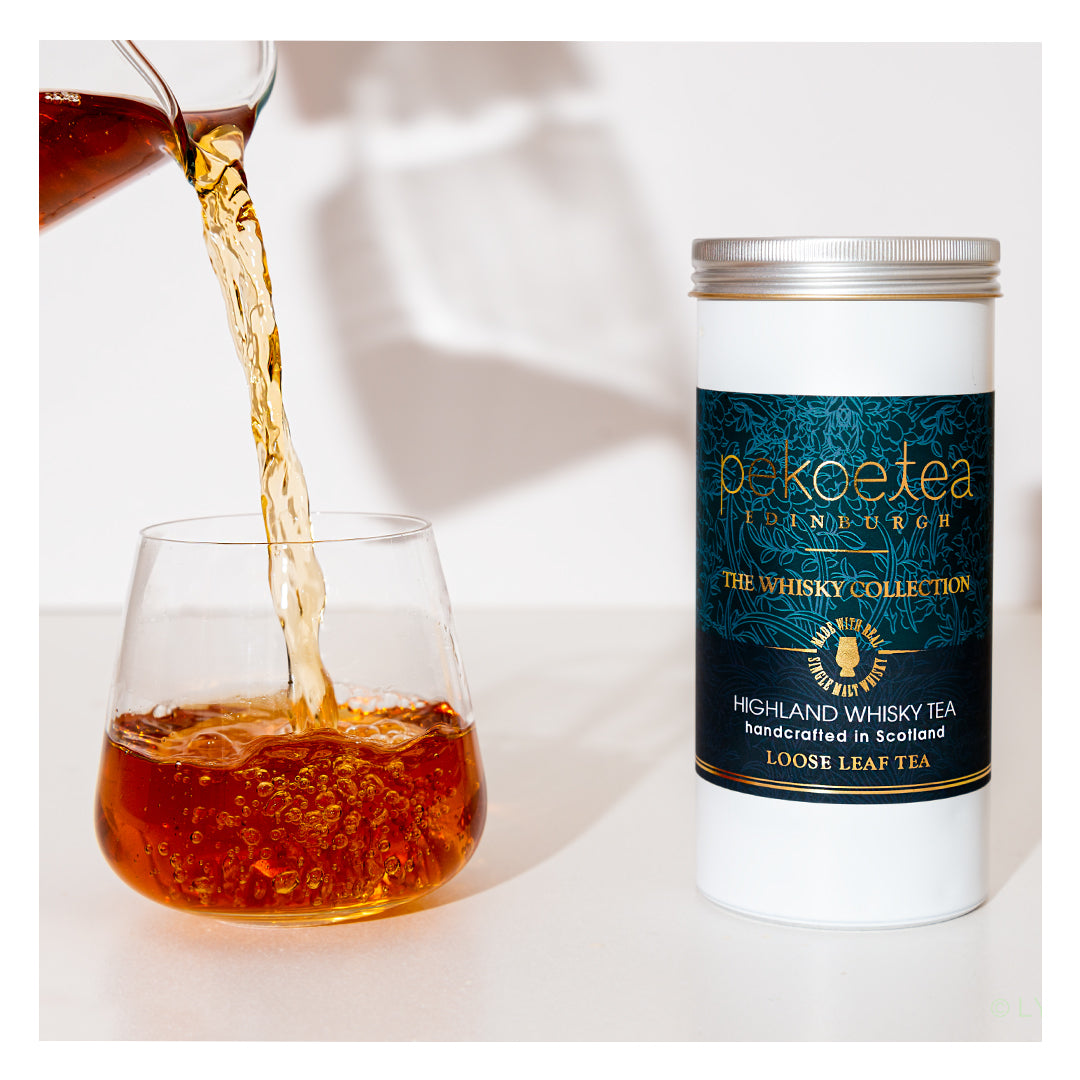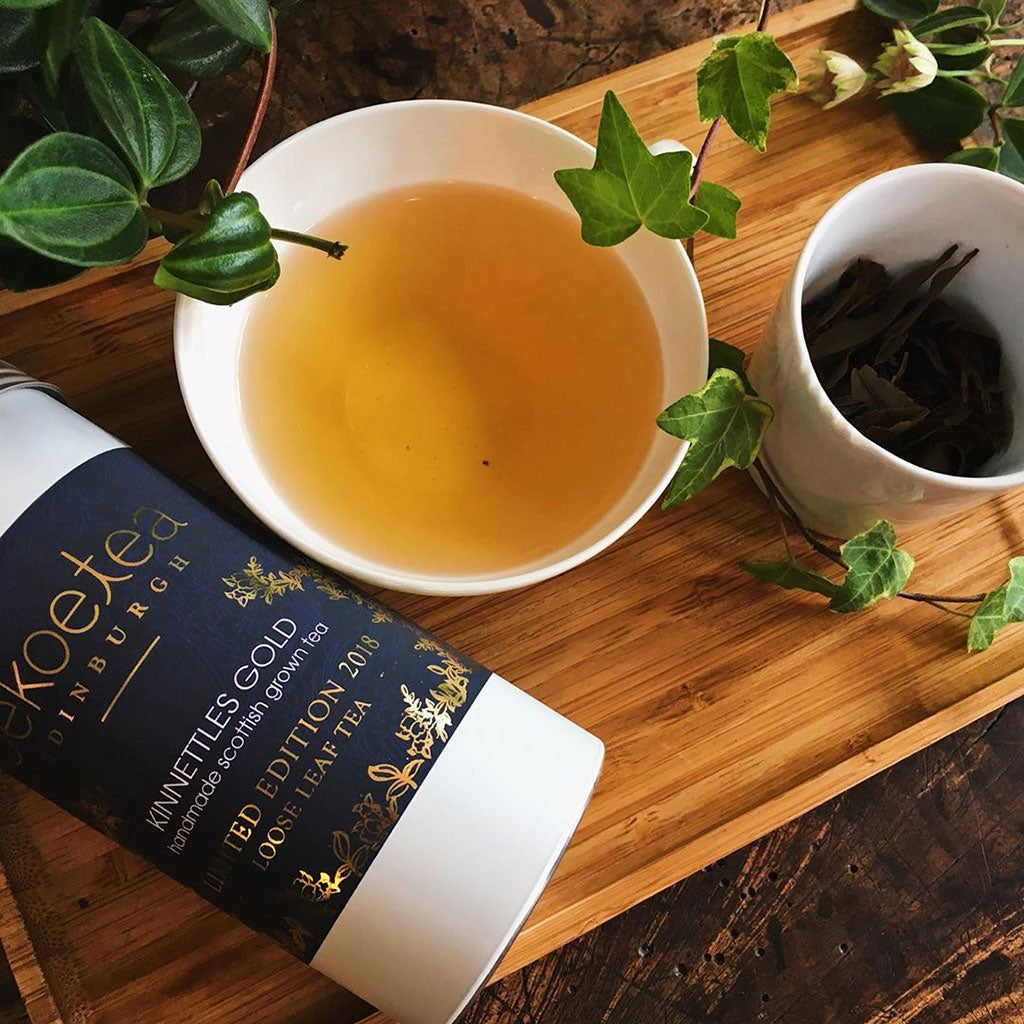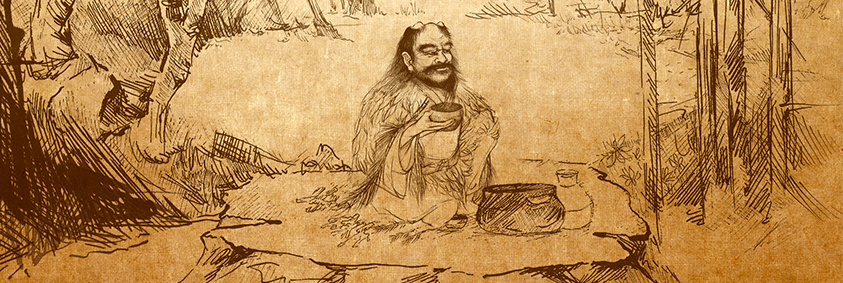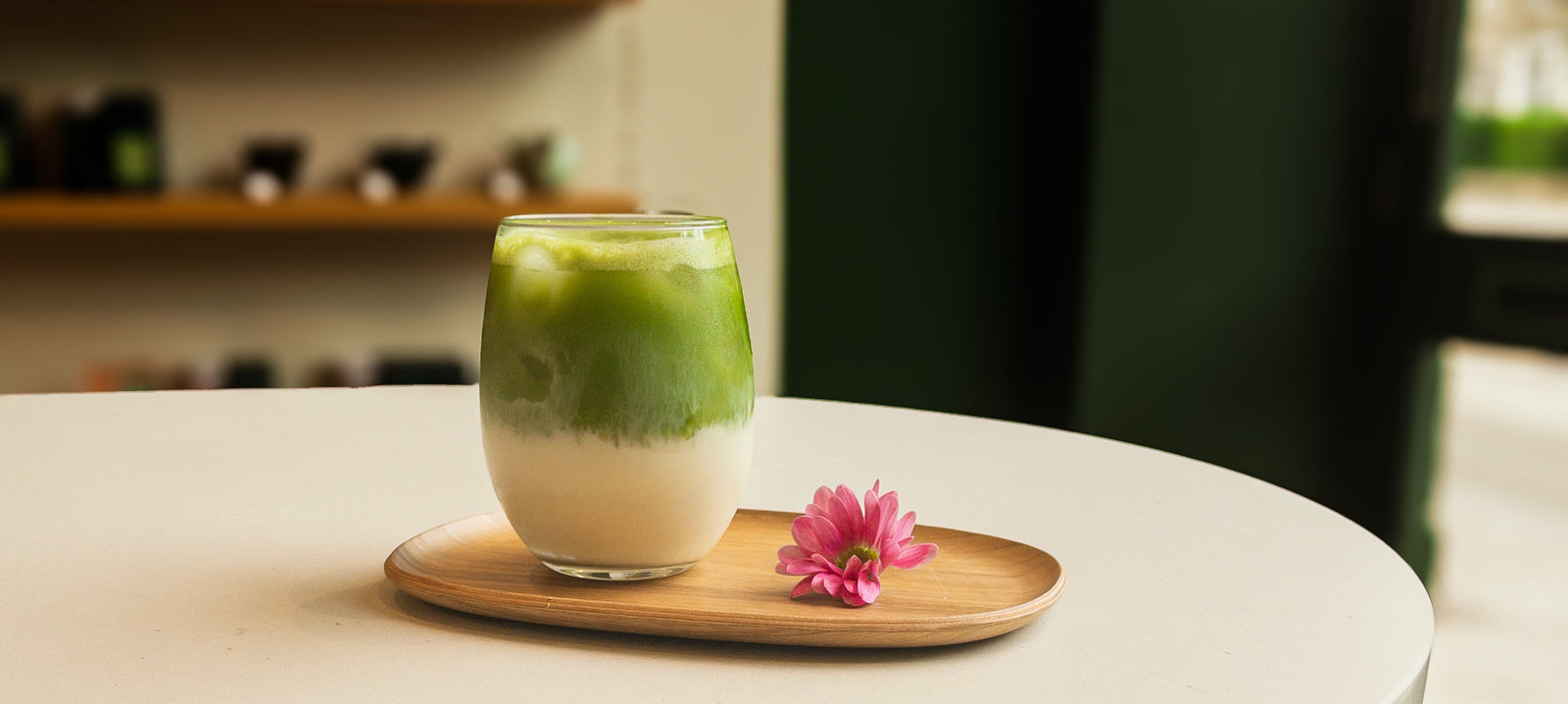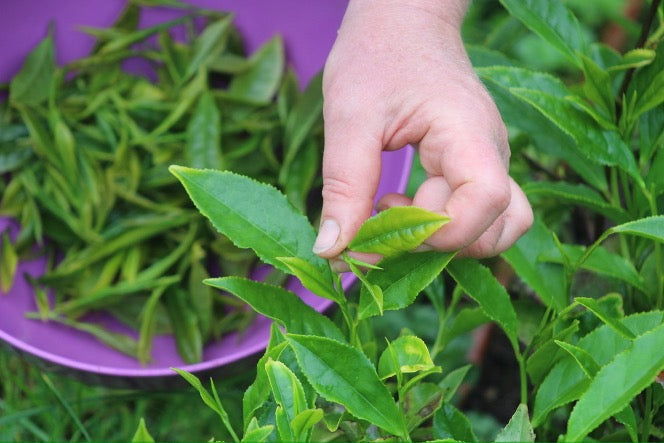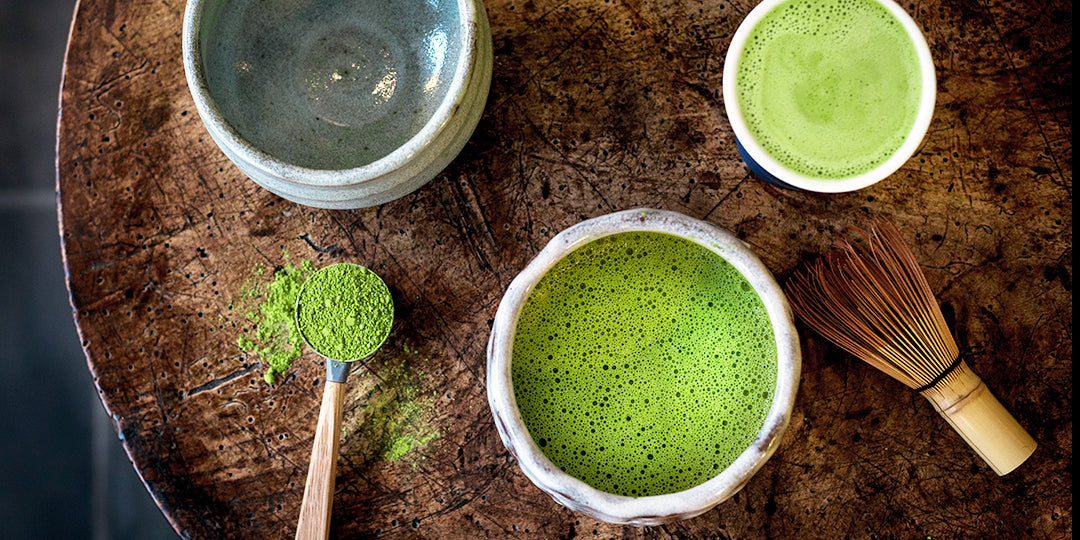Later histories of China attribute many mythical figures, legendary heroes and semi-historical events to particular dates in the third millennium BCE, with perhaps the most important of these figures being the Three Sovereigns. The second of these is Shennong, who is said to have invented agriculture, medicine and tea.
Shennong and Chinese Medicine
Shennong as a figure from Chinese prehistory is associated with many key innovations that together form much of the foundation for a settled society. Most of the developments he is associated with are concerned with plants, with the previous of the mythical Three Sovereigns having already introduced animal husbandry and the foundations of society prior to permanent settlement.
Shennong's mythical role led to his gradual introduction into the written histories of China as well as the wider literature. This is especially true in medicine, with one of the earliest books on the medical properties of herbs being attributed to Shennong. This treatise, the Shennong Ben Cao Jing, was likely written around the year 200 during the Three Kingdoms Period between the Han and Jin Dynasties. It was drawn from oral tradition said to have been handed down since the time of Shennong, meaning that he is regarded as a patron figure of Chinese medicine.
The story goes that in 2437 BCE the Emperor Shennong was, for one reason or another, resting under a particular tree and looking to have a drink. Shennong is partly recognised for his effort to catalogue the medicinal effects of all herbs and berries by testing them on himself. The widest agreement is that he had just discovered another toxic herb and was suffering from its effects.
Shennong intended to simply try to recover by resting and drinking a bowl of clean, freshly boiled water. At this time, water was often unsafe to drink without being boiled first, so Shennong had set a pot of water to heat over a fire. By chance some of the leaves of that particular tree happened to fall into the bowl unnoticed, and by the time Shennong got around to drinking it the leaves had infused, colouring the water and giving it a fine flavour.
Shennong was so impressed with this result that the tree was cultivated, becoming the tea bush that we are familiar with today. As well as being unsafe in this ancient time, water also has no aroma and is very difficult to taste at all. Tea became the only thing Shennong would drink for enjoyment thanks to its flavour and aroma, and in addition he also recorded that it had even countered the effects of the poisonous herb he had tested earlier.
In this way, Shennong introduced tea to Chinese culture as part of its agricultural and medical heritage.
The stories disagree as to why Shennong was travelling. Some suggest that he was wandering throughout his life as he gathered his knowledge of herbs and plants. Other stories suggest that he had at one point ruled as an Emperor but had been deposed, leading to him being able to afford nothing to drink beyond a bowl of water. The legends are inconsistent, partly because Shennong is often linked to another figure in Chinese prehistory, that of Yan Di, or the Flame Emperor. This figure is perhaps more historical than Shennong as we know from the stories, with one of China's predecessor kingdoms being ruled over by kings claiming descent from Shennong under the title of Yan Di. It is difficult to tell whether tales of Shennong as a god of agriculture from folklore changed to recast him as a historical human, or whether tales of Yan Di as a historical if half-forgotten king recast him as a supernatural figure. What seems to be the case is that the two figures have been merged into one over the years.
In any case, determining fact from fiction in the prehistoric era is largely impossible. What is true is that Shennong now has a central place in Chinese tradition as patron of agriculture and medicine, but for us his most important contribution was of course tea.

